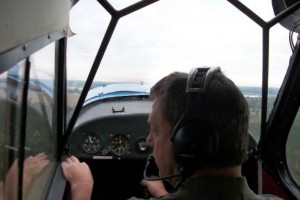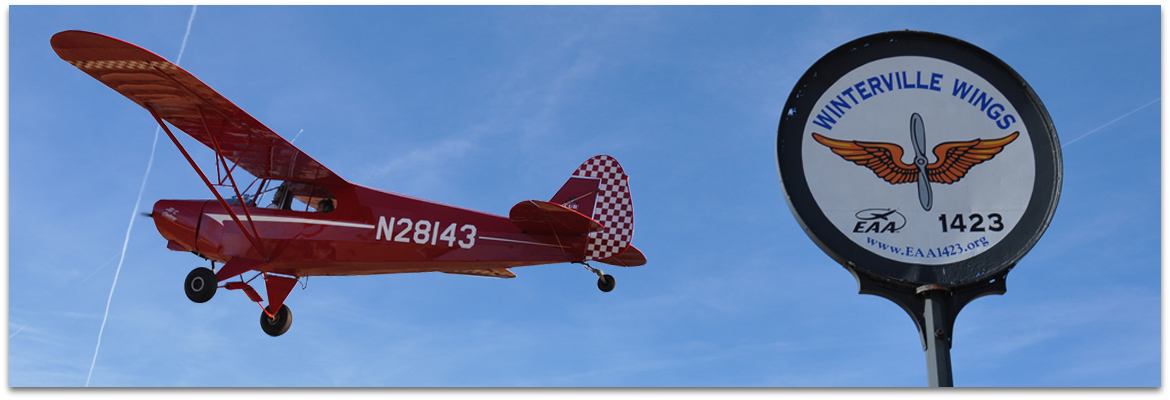I’ve always heard that getting a new rating or special endorsement is a great way to shake off the “cobwebs”. Especially after spending too much time on mother earth. So I decided to take advantage of a rare opportunity and get a tail wheel endorsement. I say it is a rare opportunity because most flight schools have given up this type of training or simply do not have suitable aircraft. Thanks to Charles Lewis, we have both!

Charles suggested we pick two days and dedicate them to the training. I agreed. Actually, I had reservations about this approach, as all of my previous training had been like most everyone else’s, one hour at a time. I kept those thoughts to myself and was glad I did, because it turned out to be the perfect way to learn new skills, and banish some old habits.
The day finally came, December 30, 2013. The weather the weekend before had been wet, but Charles was confident we could get it done. The plan: to start by slowly taxing the airplane, increase speed as competence, and confidence, (funny how they go together) permitted. We taxied the Champ onto the runway at South Oaks. Oddly enough, I felt immediately at home on the soggy runway, but then again I’ve spent my entire life on boats! However, due to the wet runway, it was obvious we needed another plan. Prop Drive, an adjacent street, served for a runway as we departed for Washington Warren Airport. After a few heart-stopping passes, we began a round robin of remote strips, most of which I had never noticed in all of the hours I had flown over the area. Having spent all of my hours looking at 150 by 6000 feet, landing at most of those places in a 172, seemed impossible.
I would hate to reveal any of Charles’ secrets, so in lieu of describing the training, I thought I would discuss the benefits of this training in addition to the obvious, learning how to fly a tail-dragger. First, I learned that those pedals on the floor are useful during taxi, take-off, and landing 100% of the time!
In fact, where I had always considered myself a fairly well rounded pilot, it became obvious that modern aircraft made coordinated flight far too easy. This has made flying less demanding, but also encouraged bad habits. That being said, far and away, the greatest benefit for me was the increased self-confidence. This came from learning how to truly “feel” the airplane, fly with greater precision, and most important, realize how many options there really are if the day ever comes that an off airport landing is necessary. All of these should make me a much better pilot when I return to Cessnas and asphalt.
I am not sure exactly what I expected to get out of this additional training, but I certainly did not expect that the greatest take away would be a reminder of what caused me to fall in love with flying all those years ago when I took my first lesson. Flying should be more about the journey than the destination. There is a reason we are referred to as an “aviation community”. Flying is as much about the people as the airplanes, and more than anything, flying should always be fun!
If you are debating whether to get your endorsement, get off the fence, and on the rudder pedals. You won’t regret it!
Text and photo submitted by Steve Spaanbroek.

